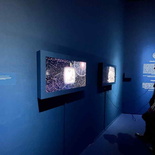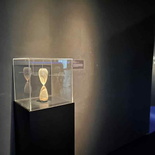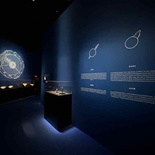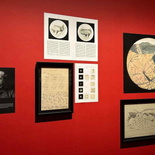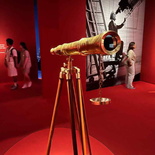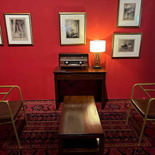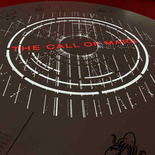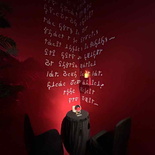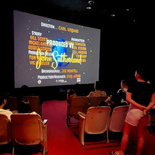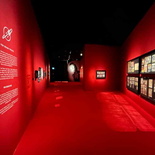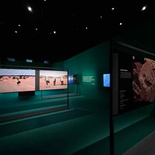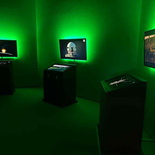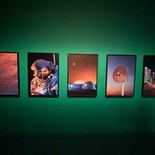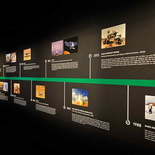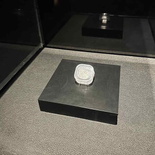There is a lot to be said about Mars in our solar system. The planet is the fourth planet from the Sun. It is also the second-smallest planet in our solar system. It has a reddish colour, two small moons, and a thin atmosphere. But Mars is more than just a planet. It is also a mirror, a metaphor. It is a source of inspiration for humanity. Come, Mars The Red Mirror exhibition at the Art Science museum in Singapore.
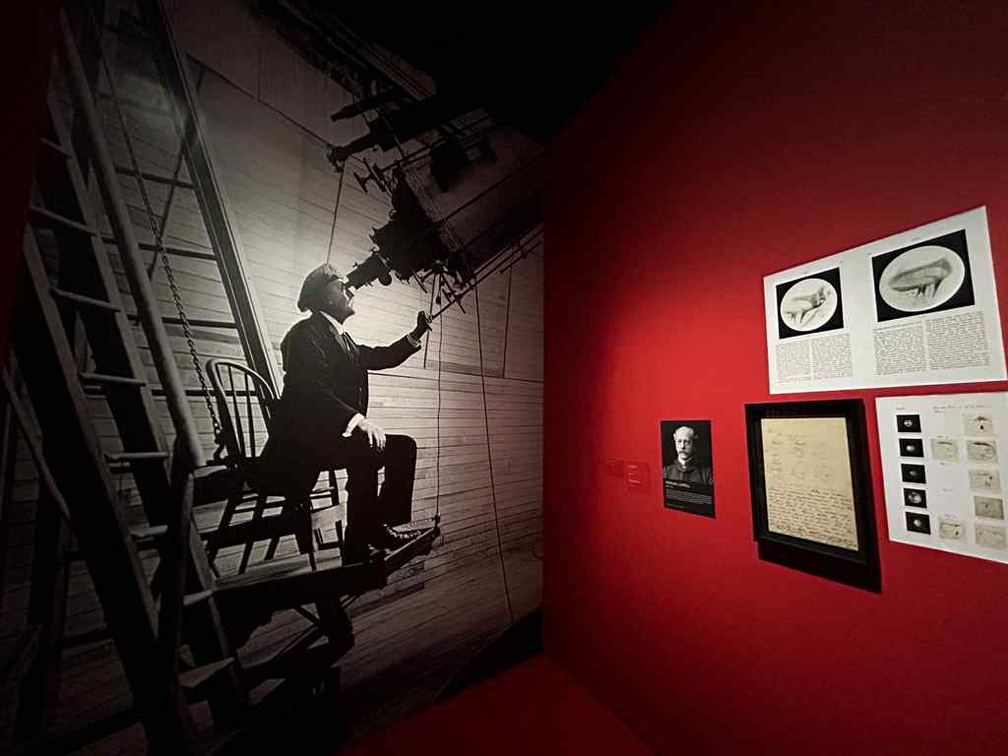
A journey into the past to the present
In a nutshell, the exhibition explores humanity’s connection to the Red Planet from ancient times to the present with over 300 objects on display. It brings together a chronology of over 12,000 years of culture, art, history and science under one roof. Items on display includes rare scientific manuscripts, historical artefacts, an authentic Martian meteorite, films and contemporary art. Moreover, the exhibition on was first presented in First presented in Spain in 2021. It is curated by Juan Insua of the Centre of Contemporary Culture of Barcelona (CCCB).
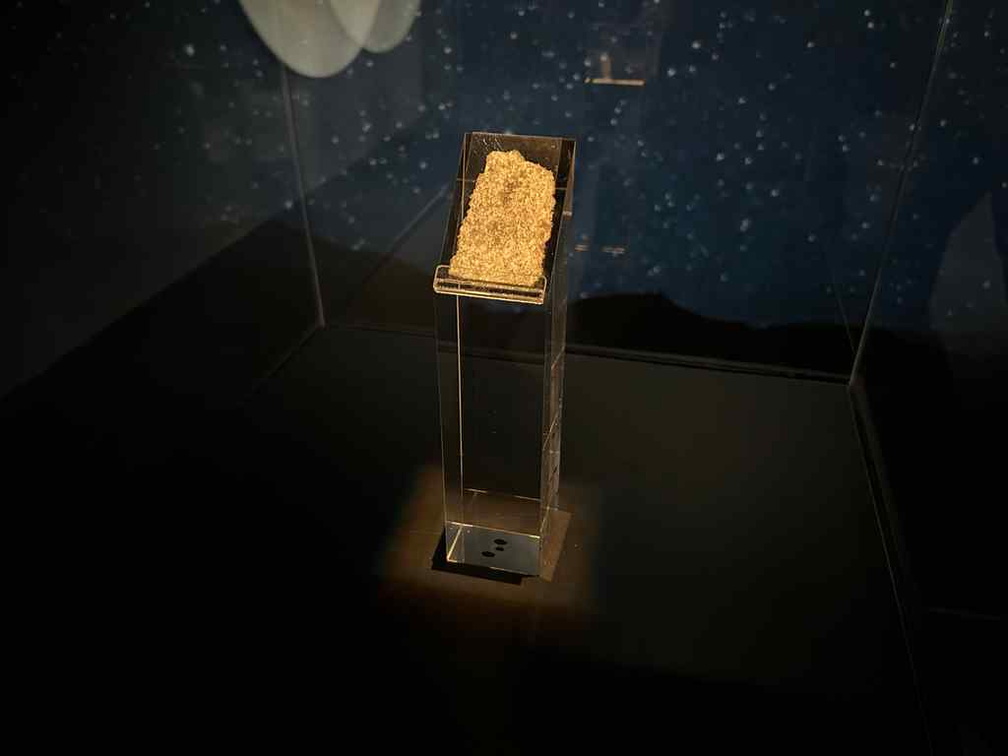
Greeting you at the entrance of the exhibition is an authentic Martian meteorite. It is a fragment of the Red Planet that fell to Earth, and discovered in the Sahara Desert on 2010. From analysis of the fragment, it represents the possibility of extra-terrestrial life and exploration. You might remember this gallery spot being home to the Sensory Odyssey exhibition we visited last year.
The exhibition which runs from November 25, 2023, to April 7, this year is divided into three distinct sections which you navigate through in a linear manner. Each sector is colour coded in their own livery. Mars: The Red Mirror features three distinct colour-themed sections. These were inspired by the Mars trilogy. It is a series of science fiction novels by American writer Kim Stanley Robinson. Titled Red Mars, Green Mars and Blue Mars. Let’s see what’s on.
Mars in Ancient Cultures
Moreover, Mars in Ancient Cultures, blurs lines between Science and Fiction of the Red Planet. Come Mars in the Anthropocene section. Here, each section reveals a different aspect of Mars and how it has shaped our imagination, knowledge, and aspirations. Also, humanity’s relationship with the Red Planet has evolved. In the distant past, planets were considered mysterious spheres in the sky and were regarded as mystical symbols or gods.
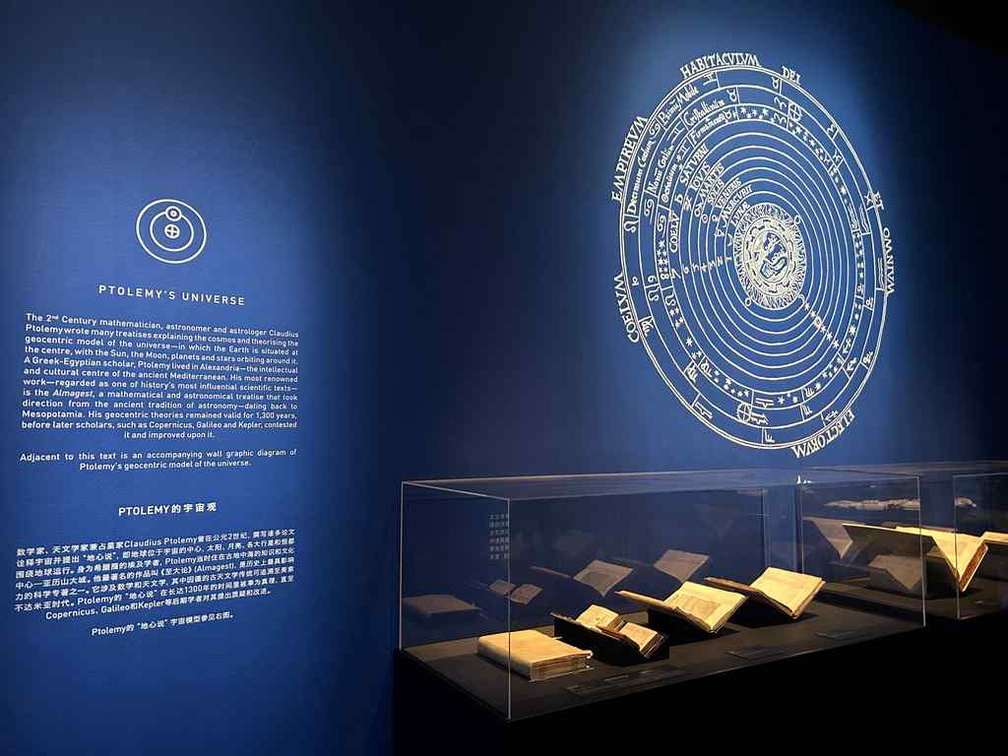
This section traces the origins of our fascination with Mars, from the earliest civilizations to the Renaissance. It shows how Mars was seen as the god of war, a god of agriculture, an ancestral symbol for masculinity, and a celestial marker of time and seasons.
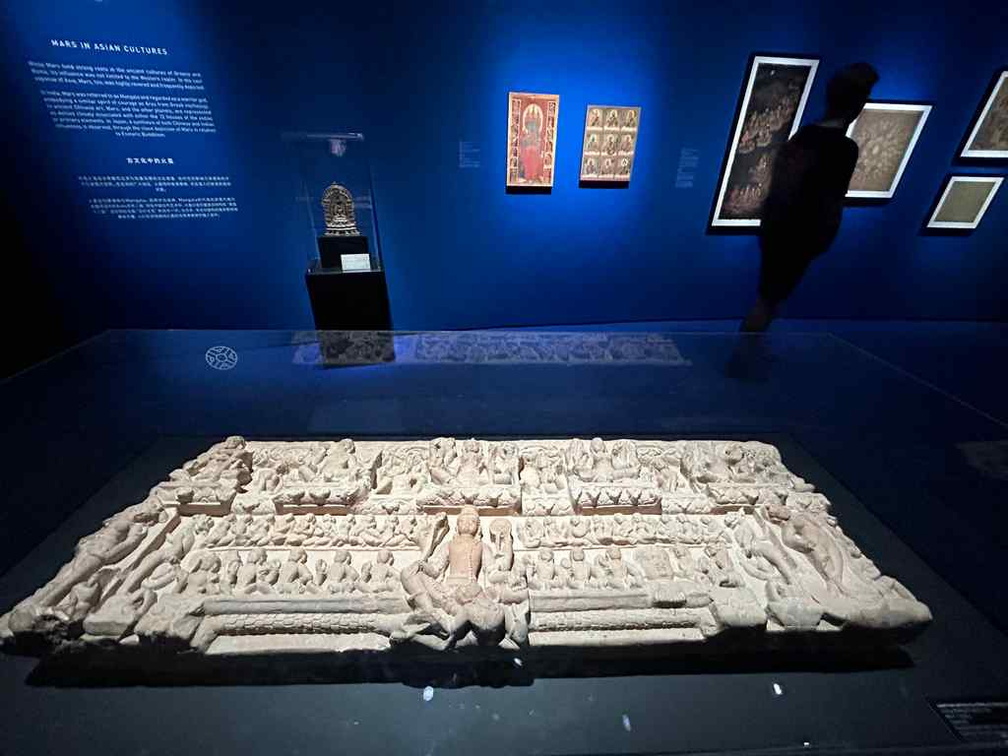
Additionally, in India, Mars was referred to as Mangala and regarded as a warrior god. Mars in ancient Chinese art were represented as deities closely associated with either the 12 houses of the zodiac or primary elements. It is indeed a synthesis of both Chinese and Indian influences can be observed in ancient Japan through the depictions of Mars in relation to Buddhism.
Mars in early astrology
Some of the highlights of this section includes the Figurine of Mars, a replica of the Nebra sky disk as well as a collection of ancient sculptures and paintings that depict Mars and his associated deities. This includes Ares, Marsyas, and Nergal, from different cultures and regions. You can also find a selection of astrological charts and almanacs that illustrate how Mars was used to predict the future and influence human affairs. This is told through a mix of physical displays, pictures or audio-visual screens.
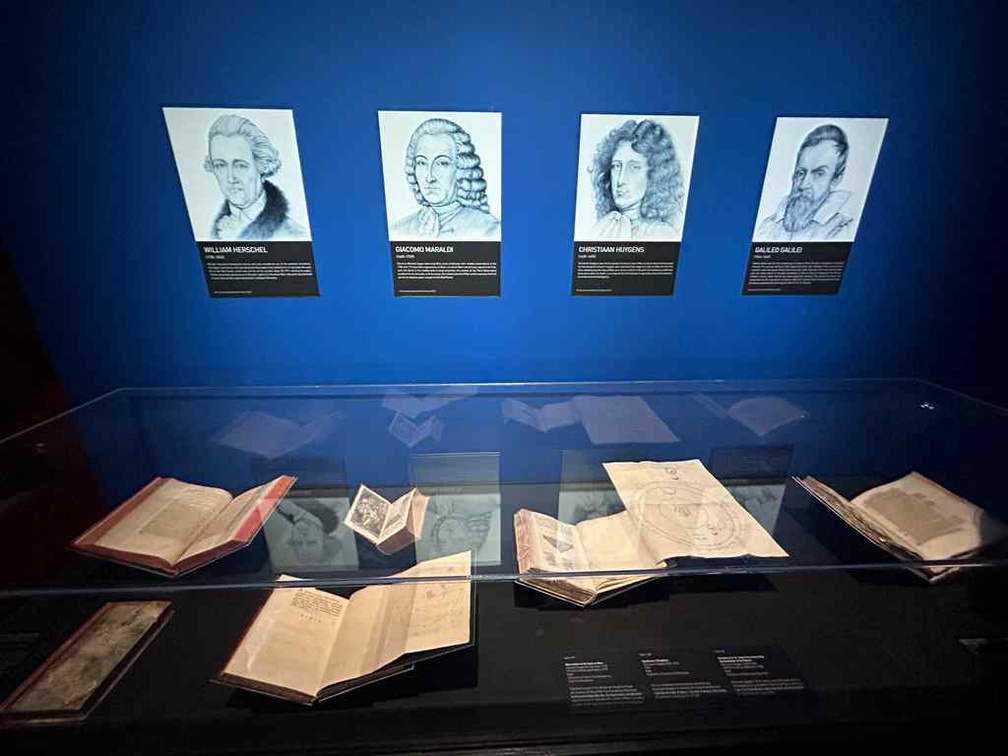
Moreover, here you can learn about Claudius Ptolemy, a 2nd century mathematician and astronomer who devised a theory that the Sun, Moon, planets, and stars orbited the Earth. His “geocentric model” of the universe remained widely accepted for 1,300 years, until scholar Nicolaus Copernicus challenged it, proving that the Earth itself moved around the Sun.
Also, this is told through a section here on the Copenicus’ Universe. Wrapping up this sector, is a display of rare astronomical texts and instruments depicting how Mars was observed and measured by early astronomers. Pioneers includes Ptolemy, Copernicus, and Galileo. You can also find the map of Mars made by Italian astronomer Giovanni Schiaparelli, an early pioneer in the Astronomy field.
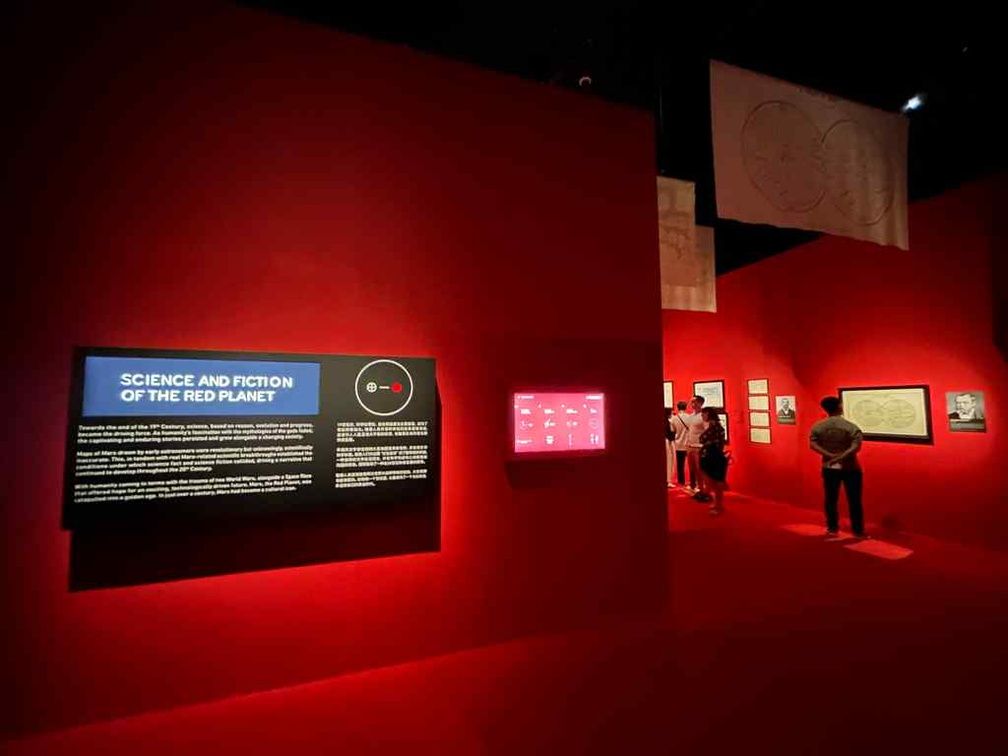
Science and Fiction of the Red Planet
Moving on, this sector explores the scientific and fictional representations of Mars. The displays here dates from the 19th century to the present day. It shows how Mars became a muse in culture, science fiction, an inspiration for exploration, and a potential home for humanity.
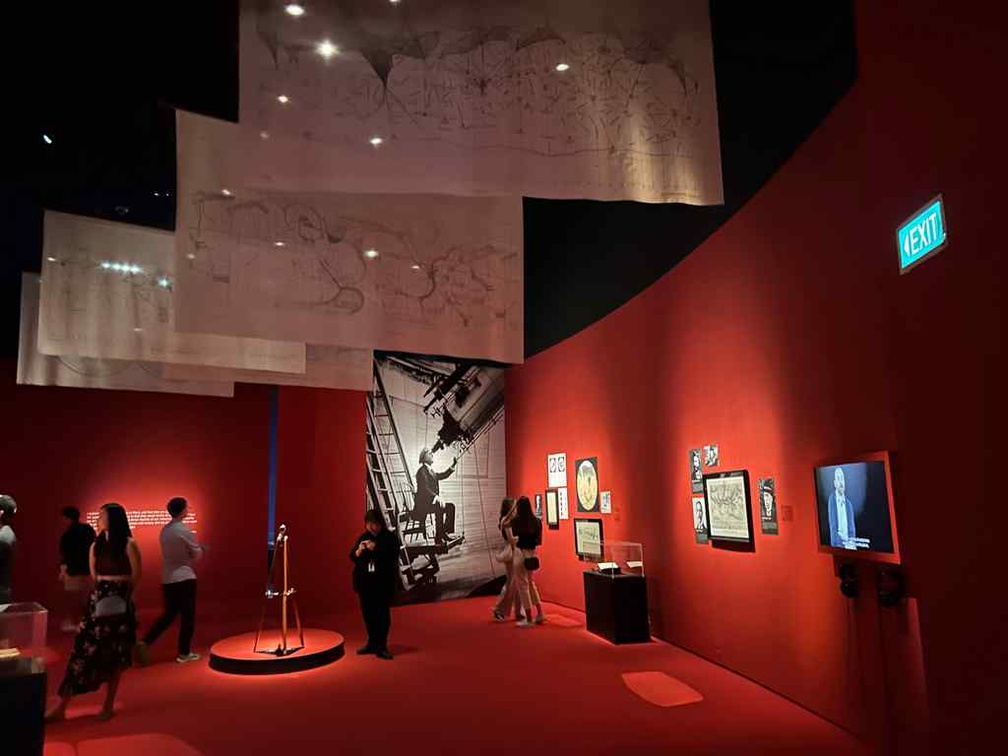
Also, it is tad a collision between science fact and science fiction. This resulted in new narratives that continued into the 20th Century. Here, you can learn of the stories about the astronomers, engineers and inventors who examined Mars, laying the foundations for modern astronautics.
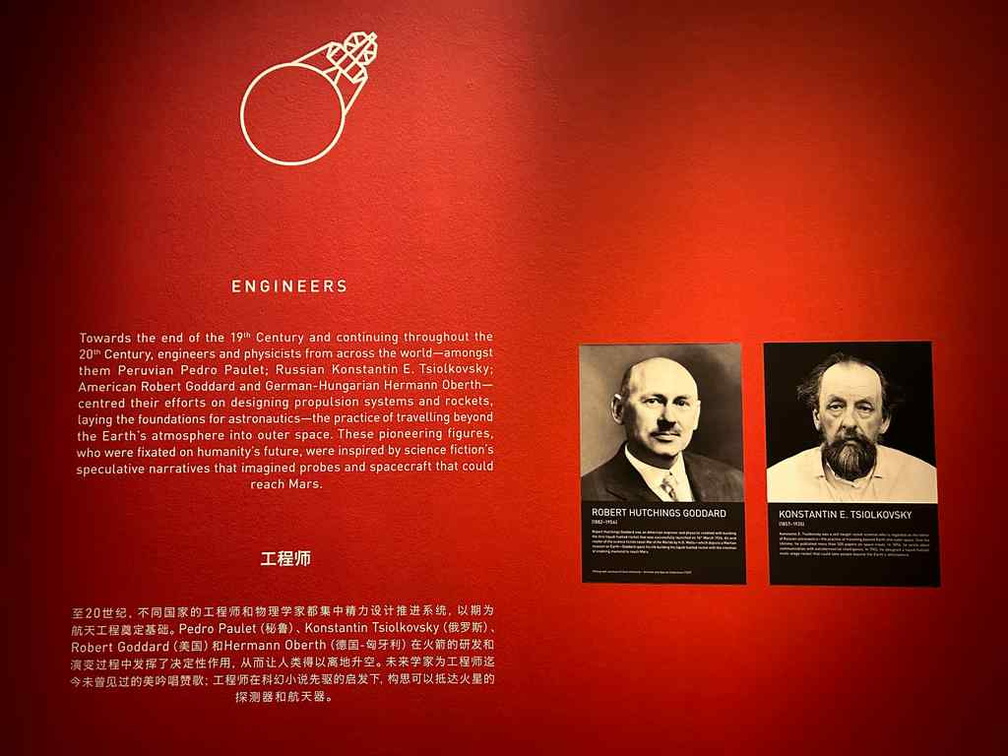
This section also showcases Mars in science fiction literature and film, including a display on the most famous Martian invasion story, The War of the Worlds, by English writer H. G. Wells. The 1898 novel depicts intelligent creatures from Mars which attack England and are eventually killed off by a bacterial infection. The exhibition features physical copies of early editions alongside vivid drawings by artist Henrique Alvim-Correa.
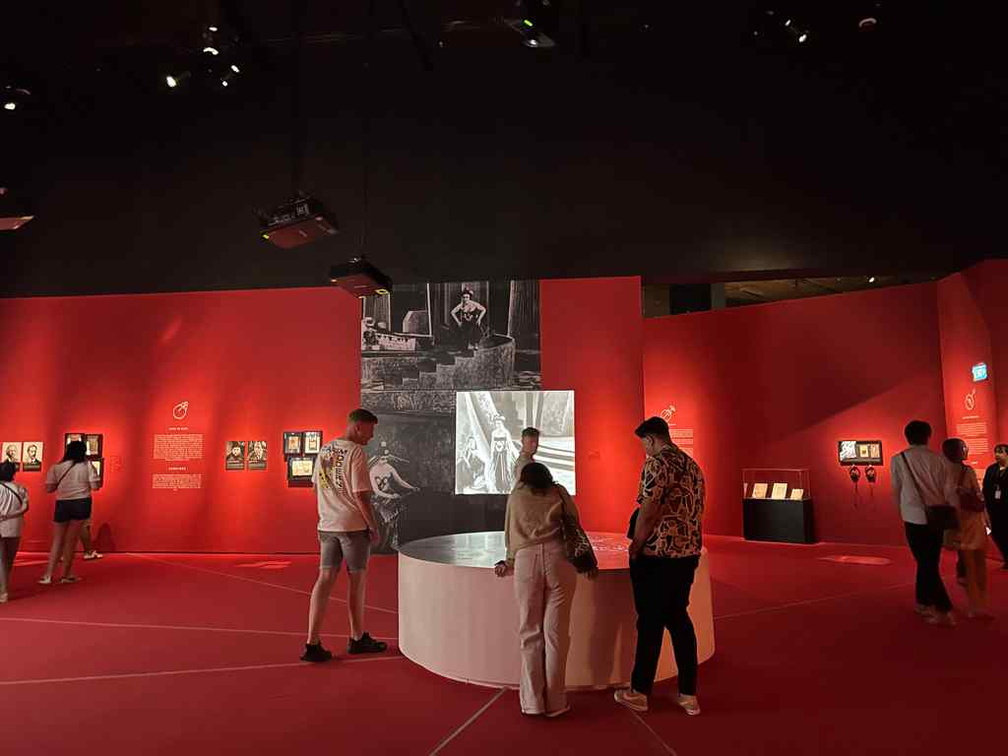
Mars in popular culture
Moreover, some of the highlights here is a showcase of classic and contemporary science fiction books, comics, films, and games that feature Mars. Examples includes War of the Worlds, The Martian Chronicles, Total Recall, and video game Doom. Additionally, one of the visual highlights here is a collection of over 60 rare Indonesian science fiction comics depicting Mars. These were inspired by popular classic western characters.
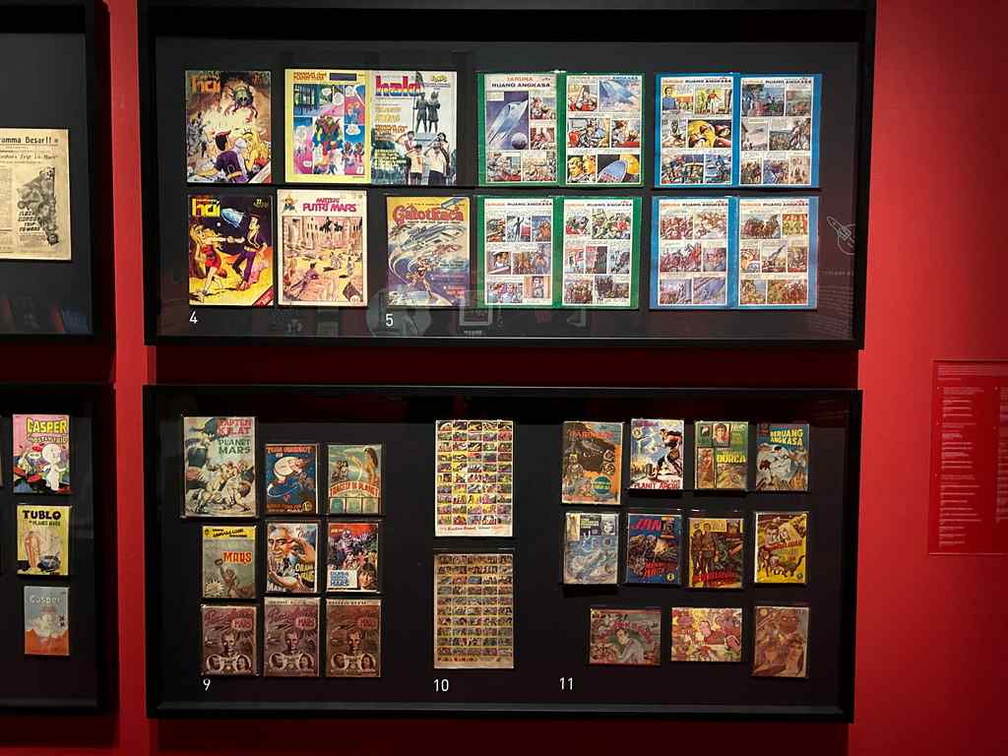
Examples includes Flash Gordon, Mickey Mouse, and Casper the Friendly Ghost. Also, these figures were adapted by these Asian comic book artists who wrote stories of these characters going to Mars. Additionally, in Japan, writers ideated unique and original characters in relation to Martian narratives. Examples includes Sailor Mars as adapted from the influential manga and anime series Sailor Moon.
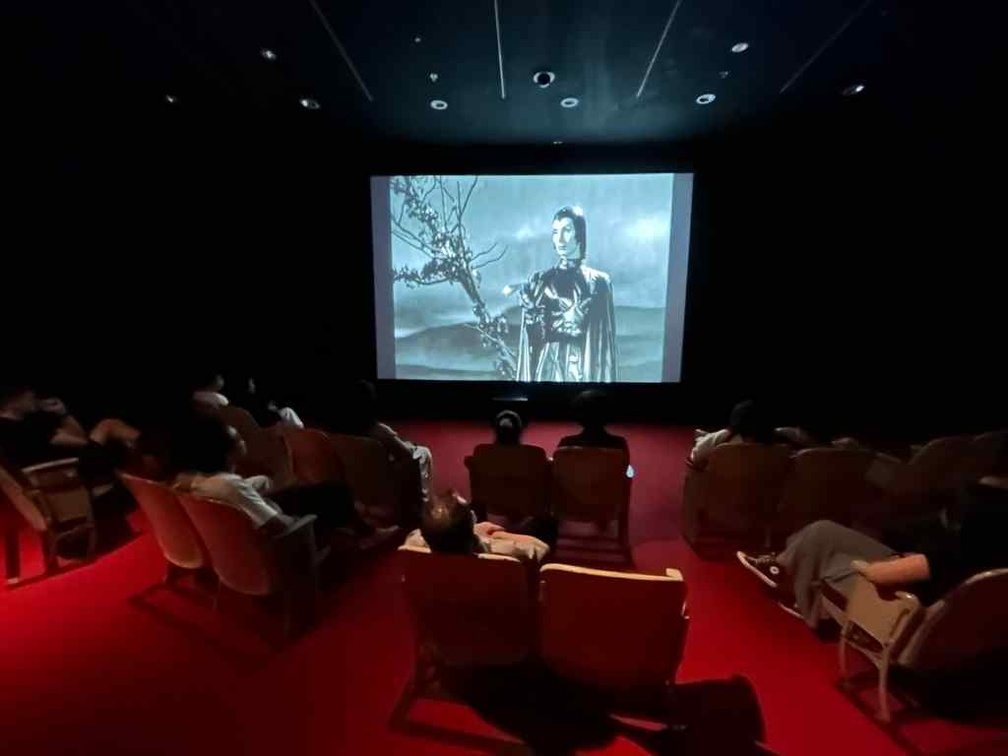
By the end of the 20th century, Mars had become a deep-seated influence for science fiction cinema, television, and music in Asia and the West. A highlight feature here is a dedicated mini cinema within the gallery will screen a line-up of films and documentaries about Mars. The cinema is made out classic retro fold up seats. Shown here are short films ranging from movies that dominated suburban drive-in cinemas. Examples includes episodes of American astronomer Carl Sagan’s famous television series Cosmos, which explores the search for Martian life.
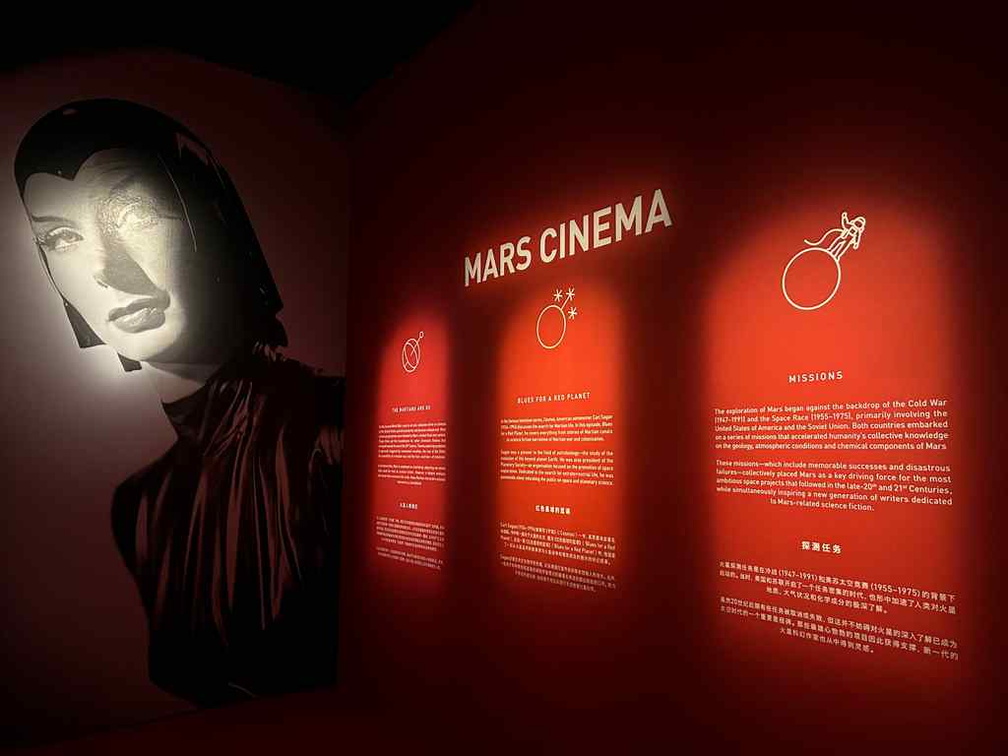
Mars in the Anthropocene
Furthermore, Anthropocene is a term describing the impact of human activity on the Earth and its surrounding ecosystems. Hence, this last section of Mars: The Red Mirror turns its attention to focus on the climate emergency that threatens Earth. This section reflects on the role and relevance of Mars in the current era of the Anthropocene. A major highlight here includes a large four-metre inflatable sculpture of Mars by British artist Luke Jerram. It is a popular photo spot that features detailed NASA imagery of the Martian surface.
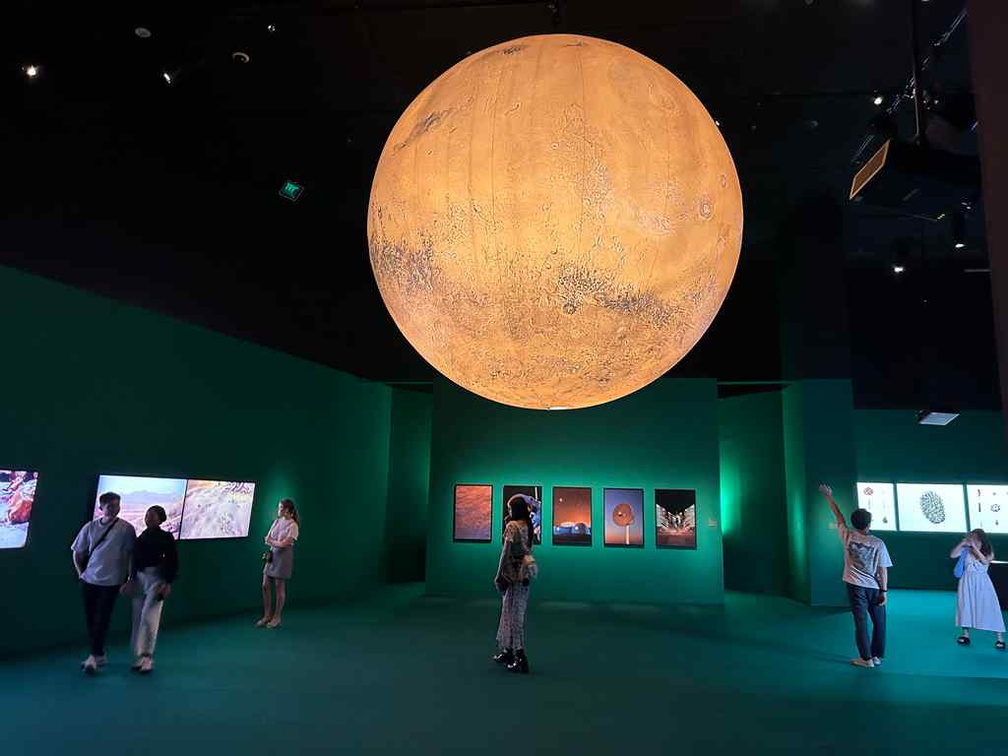
Moreover, Mars teaches us to understand and address the global issues and challenges we face on earth. This includes issues like climate change, resource depletion, and social inequality. On the photo exhibition, you can catch a glimpse into the future of human colonization and terraforming of Mars. These are visionary projects and proposals by scientists, engineers, and artists.
Living on Mars
Also, you can find a photo exhibition covering experiments held on a simulated space station was built in Oman. It became the habitat for a group of space researchers for one month. Also, here, you can find The Kepler Station (2018) artwork by Florian Voggeneder, as well as the Wilding of Mars (2019) by Alexandra Daisy Ginsberg.
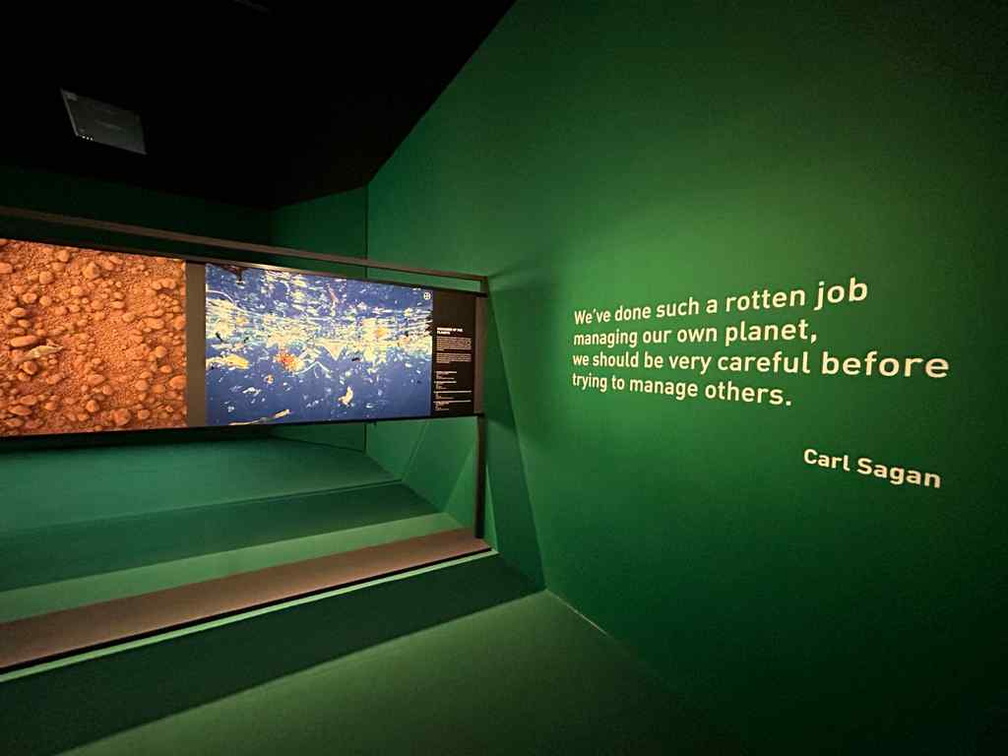
Additionally, it also presents the ethical and philosophical questions and dilemmas of exploring and inhabiting Mars. Questions to ponder includes who owns Mars, what can be done there, what are the risks and benefits for Earth and humanity. However, we won’t be good conquering Mars if we can’t even take care of our own planet. These displays are through paintings, sculptures, installations, and performances, that explore the themes of identity, diversity, and resilience.
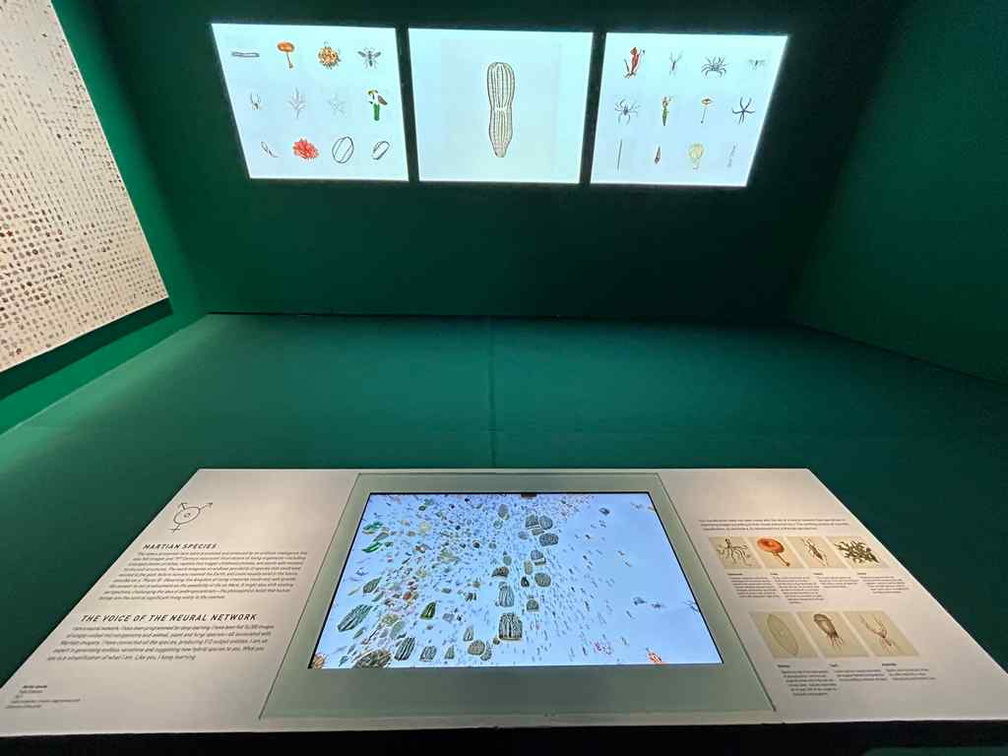
Given how similar Mars is to earth due to their proximity to earth, comparison of the similarities and differences between Earth and Mars. This includes its geology, size, gravity, climate, water, life and atmosphere.
Also, the Indonesia Space Science Society has a gallery too focused on Asian artists and their approach to Mars, including ISSS founder Venzha Christ.
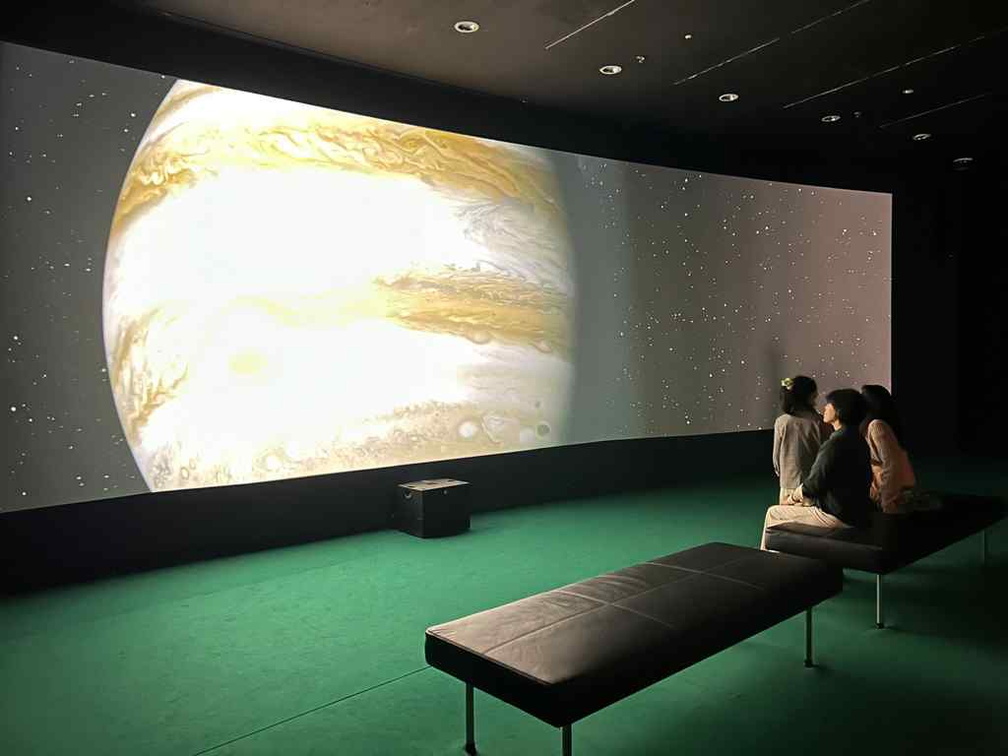
Lastly, at the last sector, there is space for dialogue and participation, where visitors can share their opinions, hopes, and fears about Mars and the future of our planet. The exhibition ends with Marsonauts by Swiss artist Nero Cosmos. Using an AI algorithm, Cosmos creates unique images of astronauts that he calls “Marsonauts”.
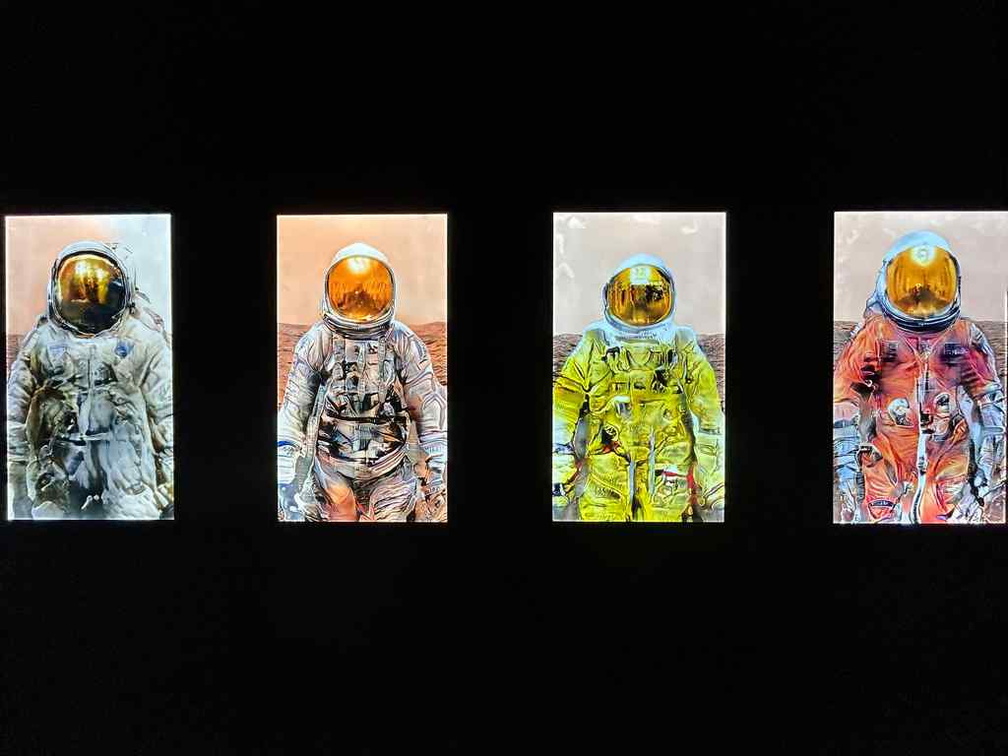
Wrapping up
All in all, Mars: The Red Mirror is an interdisciplinary and comprehensive exhibition blending art, science, and history. Also, it also serves as an educational platform which will inspire both adults and children to explore space science and astronomy. By including Asian astronomical history and contemporary art, the exhibition offers a unique perspective that resonates with diverse audiences, particularly in the Asian context here in Singapore. Mars: The Red Mirror is open from 28 November 2023 to 7 April 2024 at the ArtScience Museum at the Marina Bay Sands in Singapore.

